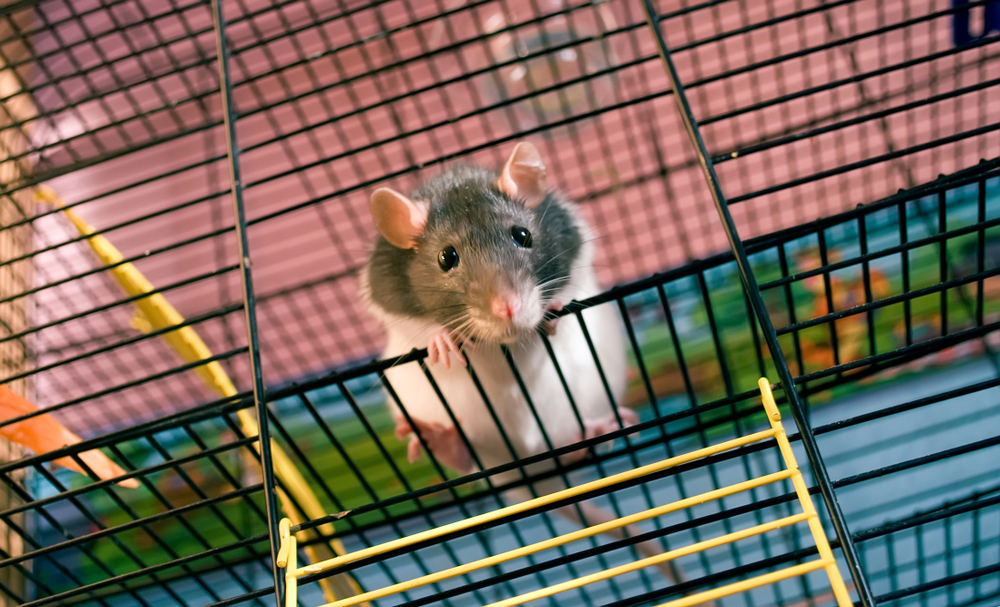MarzAA Shows Promise in Hemophilia Animal Models

The investigational medication marzeptacog alfa activated (MarzAA) showed promise at stopping bleeding in animal models of hemophilia.
The findings were presented in two posters at the Annual Congress of the European Association for Haemophilia and Allied Disorders (EAHAD) by researchers from Catalyst Biosciences, which is developing MarzAA.
MarzAA is a lab-made version of the clotting protein factor VIIa. The medication is designed to be administered by subcutaneous (under-the-skin) injection. It is being developed as an alternative to intravenous (into-the-vein) treatments that require technical expertise to administer and often are associated with pain and prolonged bleeding.
The medication is meant to treat episodic bleeds in hemophilia A and B patients with inhibitors (neutralizing antibodies that render replacement therapy ineffective). It recently received fast-track designation from the U.S. Food and Drug Administration.
In one EAHAD poster, “Subcutaneous Marzeptacog Alfa (Activated) is Effective for On-Demand Treatment of Spontaneous Bleeding in Hemophilia A (HA) Rats,” the researchers reported on MarzAA treatment in a rat model of hemophilia A.
Specifically, rats engineered to mimic hemophilia A symptoms and showing spontaneous bleeding were given either MarzAA or a vehicle (an inactive treatment). Bleeding severity between the two groups was similar when the bleeding started. However, after 24 hours, MarzAA-treated rats showed general improvements, whereas rats given vehicle generally did not improve; mostly, their condition deteriorated.
Notably, only one dose of MarzAA was needed to normalize bleeding in all but two rats. Overall, MarzAA was superior to vehicle for the treatment of mild, moderate, and severe spontaneous bleeds, the scientists said.
In the other poster, “Subcutaneous Marzeptacog Alfa (Activated) is Effective for On-Demand Treatment in Dogs with Hemophilia A,” the investigators used MarzAA to treat spontaneous bleeds in a dog model of hemophilia A.
Five dogs were given two to nine doses of the medication over one to four days, based on perceived response. In all dogs, MarzAA treatment improved their condition. In addition, three dogs showed improved thromboelastography tracings (an assessment of blood coagulation) equivalent to those with NovoSeven, an engineered form of FVIIa
“Overall clinical response to SQ [subcutaneous] MarzAA was very positive: bleeding was controlled, and the general condition of the dogs improved so they could be returned to the colony,” the researchers wrote.
Based on the collective data, they concluded that the treatment was effective in both animal models, supporting further clinical testing.
“The pre-clinical data we presented at EAHAD showed efficacy in controlling spontaneous bleeding,” Nassim Usman, PhD, president and CEO of Catalyst, said in a press release.
Currently, Catalyst is sponsoring a pivotal Phase 3 clinical trial called CRIMSON-1 (NCT04489537) to test MarzAA as an on-demand treatment for bleeding in individuals with hemophilia A or B who have inhibitors.
The trial is recruiting up to 60 participants ages 12 and older at a site in Tbilisi, Georgia. To be eligible, prospective participants must have a history of frequent bleeding.
Catalyst also is planning to conduct a Phase 1/2 trial to test treatment of episodic bleeds with MarzAA in people with hemophilia A and inhibitors who are on preventive therapy with Hemlibra (emicizumab).






